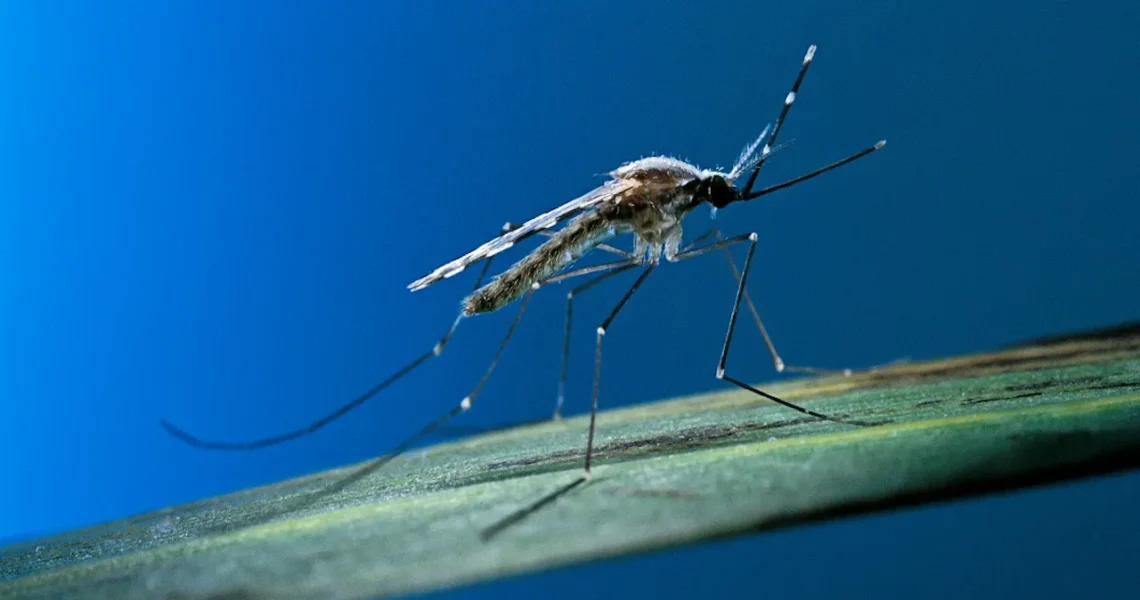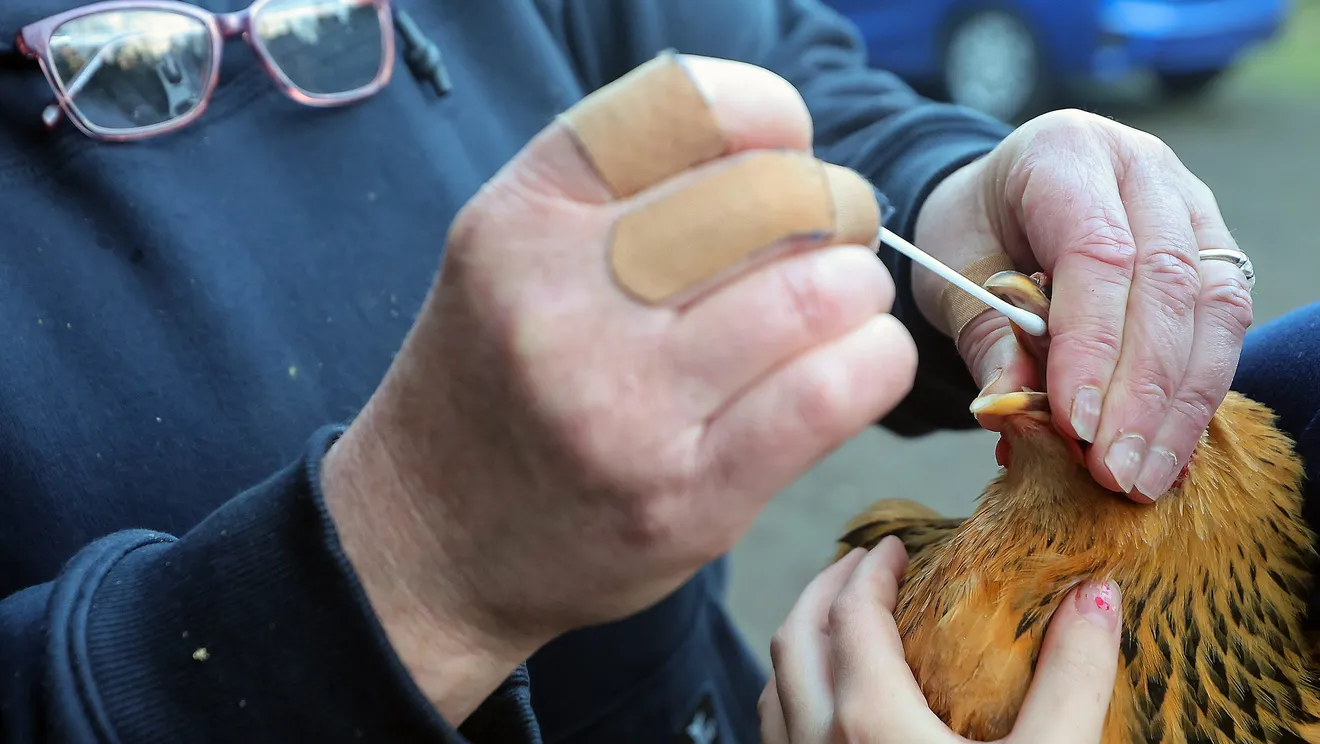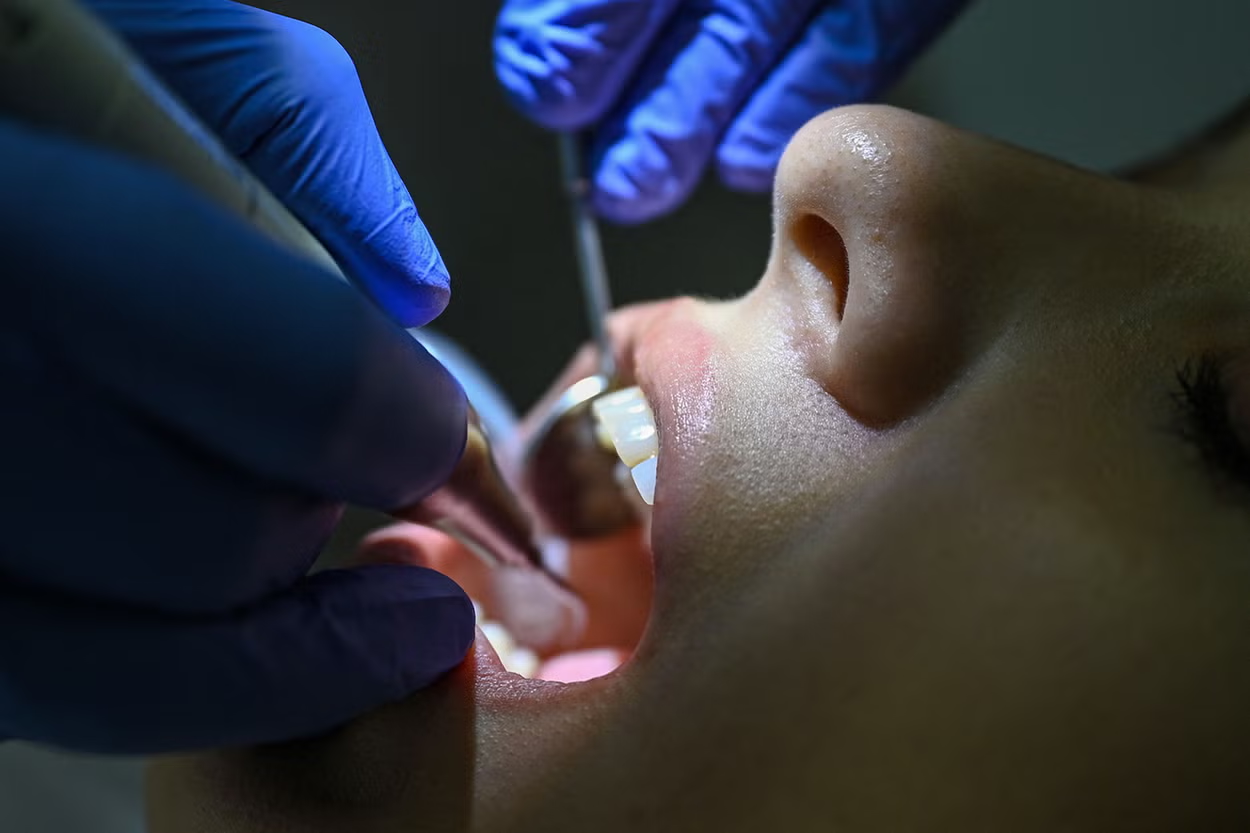West Nile Virus Found Near Pennypack Park
The detection of West Nile Virus in mosquito populations near Pennypack Park underscores the extensive and proactive efforts undertaken by the Philadelphia Department of Public Health (PDPH) to manage mosquito-borne diseases within the city.
These comprehensive mosquito management activities are a collaborative initiative, carried out by the PDPH in close coordination with the Pennsylvania Department of Environmental Protection (PA DEP). This partnership ensures a broader reach and more effective strategy in safeguarding public health.
The program operates systematically from May through October each year, aligning with the peak mosquito season when populations are most active and the risk of disease transmission is highest. The activities involved are multifaceted and designed to cover various stages of mosquito life cycles, from larvae to adult populations. Key components of this ongoing mosquito management strategy include:
Surveillance and Identification of Mosquito Pools: Health officials deploy traps and conduct regular collections of mosquitoes from various locations across Philadelphia. These collected mosquitoes are then organized into “pools” for testing. This ongoing surveillance is crucial for identifying areas where WNV is present and understanding its spread.
Testing Mosquito Pools for WNV: Once mosquito pools are collected, they are sent to laboratories for testing specifically for the presence of the West Nile Virus. This laboratory analysis is what confirmed the initial WNV detection near Pennypack Park. Early detection in mosquito populations allows health officials to implement targeted control measures before human cases emerge.
- Control Activities: This is the active intervention phase, designed to reduce mosquito populations and minimize the risk of human exposure. Control activities are diverse and include:
- Eliminating Breeding Sites: One of the most effective prevention methods is to remove standing water, which serves as mosquito breeding grounds. Public health teams actively identify and educate residents about eliminating potential breeding sites like clogged gutters, old tires, unmaintained bird baths, and unused containers that can hold water.
- Larviciding Catch Basins: Storm drains and catch basins are common mosquito breeding sites in urban environments. Larvicides, which are products that kill mosquito larvae before they can develop into biting adults, are regularly applied to these areas. This targeted approach prevents large numbers of mosquitoes from hatching. Since May 2025, officials confirmed that “40 mosquito larvicide treatment events have been conducted across Philadelphia.” This statistic highlights the extensive preventative work already in progress.
- Ground Spraying: In areas where WNV has been detected in mosquito pools or if there’s an increased risk of human cases, the PDPH may conduct targeted ground spraying to control adult mosquito populations. This involves applying insecticides as a fine mist in affected areas, typically during evening or early morning hours when mosquitoes are most active and people are less likely to be outdoors. Officials noted that “one location was treated to control adult mosquito populations” since May 2025, indicating that targeted adulticide efforts are also part of their strategy.
The comprehensive nature of these activities, from continuous monitoring to various forms of intervention, demonstrates the city’s commitment to public health. While the detection of WNV in mosquitoes is a concern, the robust surveillance and control program in place aims to mitigate the risk to human populations. The continued emphasis on no human cases reported in the city is a testament to the effectiveness of these preventative measures so far. Residents are urged to complement these efforts by taking personal precautions to reduce mosquito populations around their homes and protect themselves from bites.
Understanding West Nile Virus: Origins and Transmission
The West Nile virus (WNV) is a serious public health concern, primarily known as a disease that spreads most commonly through mosquito bites. Understanding its origins, how it transmits, and its potential impact on human health is crucial for public awareness and prevention.
According to the Centers for Disease Control and Prevention (CDC), the leading national public health agency of the United States, WNV is a flavivirus, meaning it belongs to the same family of viruses as Zika, dengue, and yellow fever. While WNV can infect humans, horses, and birds, its primary hosts in nature are birds. Mosquitoes become infected when they feed on infected birds. These infected mosquitoes can then transmit the virus to humans and other animals through their bites.
The virus first made its presence known in the United States in 1999. This initial detection occurred in New York City, where two men tested positive for the virus. This event marked the beginning of WNV’s establishment in North America, leading to its spread across the continental U.S. and beyond. Public health experts believe that the virus likely arrived in the country either through an infected mosquito carried inadvertently across borders (perhaps via international travel or cargo) or through an infected bird that migrated from a region where the virus was already endemic. Once established, the virus quickly found suitable conditions and hosts (mosquitoes and birds) to proliferate.
The WNV Transmission Cycle
The typical WNV transmission cycle involves:
- Mosquitoes: Specifically, various species of Culex mosquitoes are the primary vectors for WNV. These mosquitoes are common in many urban and suburban environments.
- Birds: Many bird species can be infected with WNV, and some, like crows and jays, are particularly susceptible and can develop high levels of the virus in their blood, serving as “amplifying hosts.” When an uninfected mosquito bites an infected bird, the mosquito ingests the virus.
- Infected Mosquitoes: After a period of incubation within the mosquito (typically 10-14 days), the virus multiplies and travels to the mosquito’s salivary glands. The mosquito is then capable of transmitting the virus when it bites another animal or human.
- Humans and Other Mammals: Humans, horses, and other mammals are considered “dead-end hosts.” This means that while they can become infected and develop illness, the level of virus in their bloodstream is typically not high enough to infect mosquitoes that bite them. Therefore, humans do not contribute to the ongoing spread of the virus to other mosquitoes or hosts.
This cycle explains why surveillance often focuses on testing mosquito populations and monitoring bird deaths (especially crows) as early indicators of WNV activity in an area. Understanding this intricate transmission pathway is fundamental to developing effective public health strategies for WNV prevention and control, which heavily rely on mosquito reduction and personal protection measures.
Symptoms and Prevention of West Nile Virus
While West Nile Virus can cause serious illness, it’s important to note that the majority of people infected with WNV (about 80%) will not develop any symptoms at all. This asymptomatic infection means many individuals may never know they’ve been exposed to the virus.
For the approximately 20% of people who do develop symptoms, they typically experience West Nile fever. These mild to moderate symptoms can include:
- Fever
- Headache
- Body aches
- Joint pain
- Vomiting
- Diarrhea
- Rash
Most people with West Nile fever recover completely, though fatigue and weakness can sometimes last for weeks or months.
A small percentage of infected individuals (less than 1%) will develop a severe neuroinvasive form of the disease, such as encephalitis (inflammation of the brain) or meningitis (inflammation of the membranes surrounding the brain and spinal cord). Symptoms of severe WNV disease can include:
- High fever
- Severe headache
- Stiff neck
- Disorientation or confusion
- Tremors or convulsions
- Muscle weakness or paralysis
- Coma
These severe cases can be life-threatening and may result in long-term neurological effects or even death. Individuals over 60 years old and those with certain medical conditions (e.g., cancer, diabetes, kidney disease) are at higher risk for severe illness.
Personal Prevention Measures
Given that there is no specific vaccine or antiviral treatment for WNV in humans, prevention is key. Public health officials strongly recommend the following personal protection measures to reduce the risk of mosquito bites and WNV infection:
- Use EPA-Registered Insect Repellent: Apply repellents containing DEET, picaridin, IR3535, oil of lemon eucalyptus (OLE), para-menthane-diol (PMD), or 2-undecanone. Always follow product label instructions carefully.
- Wear Long Sleeves and Pants: When outdoors, especially during dawn and dusk (when mosquitoes are most active), wear long-sleeved shirts and long pants to minimize exposed skin.
- Eliminate Standing Water: Mosquitoes lay eggs in standing water. Regularly empty and scrub containers that hold water, such as bird baths, pet water bowls, flowerpots, and discarded tires. Check and clear gutters regularly.
- Repair Screens: Ensure windows and doors have tight-fitting screens without any holes or tears to prevent mosquitoes from entering homes.
- Use Mosquito Netting: If sleeping outdoors or in unscreened areas, use mosquito netting over beds or playpens.
- Maintain Your Yard: Keep grass cut short and clear overgrown vegetation where mosquitoes might rest.
- Consider Larvicides: For standing water that cannot be easily emptied (like ornamental ponds or unused swimming pools), consider using larvicides (e.g., mosquito dunks) that kill mosquito larvae.
By implementing these simple yet effective preventative measures, residents of Philadelphia and other areas where WNV is detected can significantly reduce their risk of mosquito bites and, consequently, their exposure to the West Nile Virus. Public health agencies like the PDPH continue their vital surveillance and control efforts, but individual action remains a cornerstone of WNV prevention.






